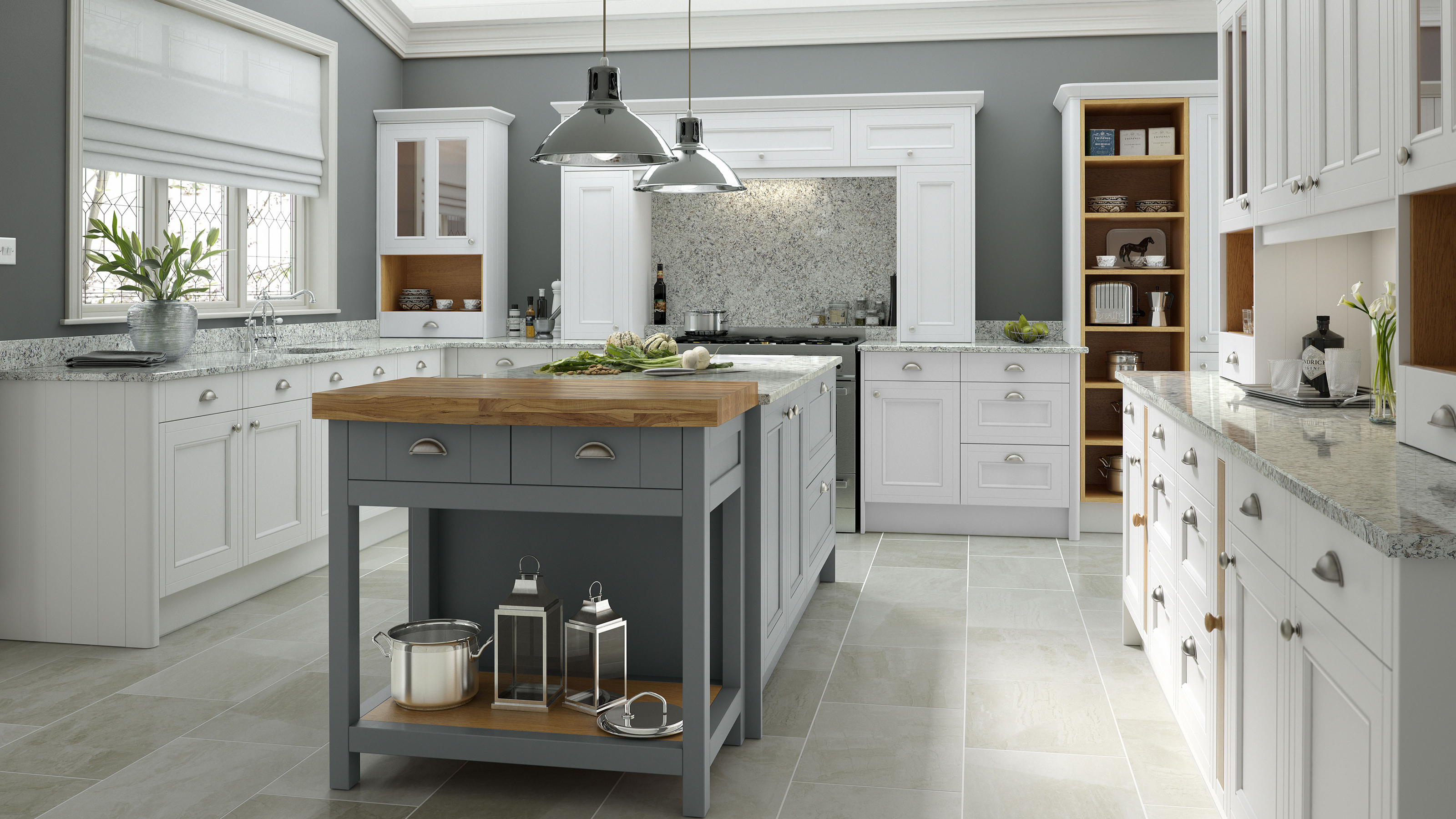
There's a lot to consider when planning a kitchen island. From size and shape to color and the island's position in your kitchen, the way your kitchen island is designed will have a huge impact on your overall space.
All successful kitchen island ideas start with a few initial considerations. Tackling these points when planning a kitchen island will help you choose the right one to suit your needs and your desired look.
1. Space and size
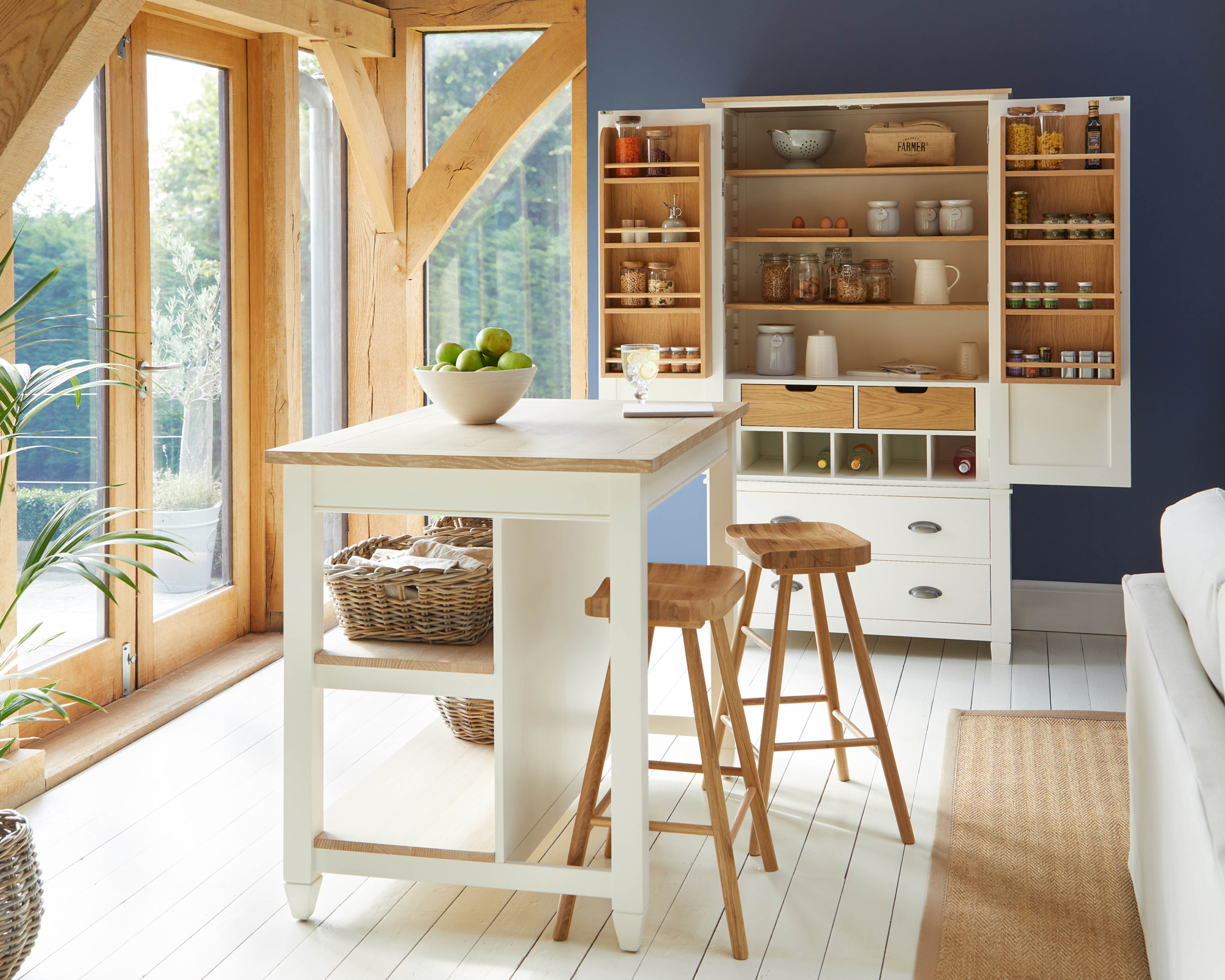
The fundamental fact is: no matter how nice a kitchen island is, it won't be of much use to you if it's too large for your kitchen. Kitchen island sizes are not to be ignored when planning yours. As Senior Interior Designer at Mackenzie Collier Interiors, Katie Simpson, explains, 'islands come in all different shapes and sizes, but regardless of what you select, you’ll need to determine if you have the square footage for one.'
Be especially careful when thinking about small kitchen island ideas. In some kitchens, small really means tiny, and, as Simpson says, 'sometimes smaller kitchens tend to do better with a peninsula or a smaller free-standing piece versus a built-in island, as this tends to take up more space.'
2. Purpose
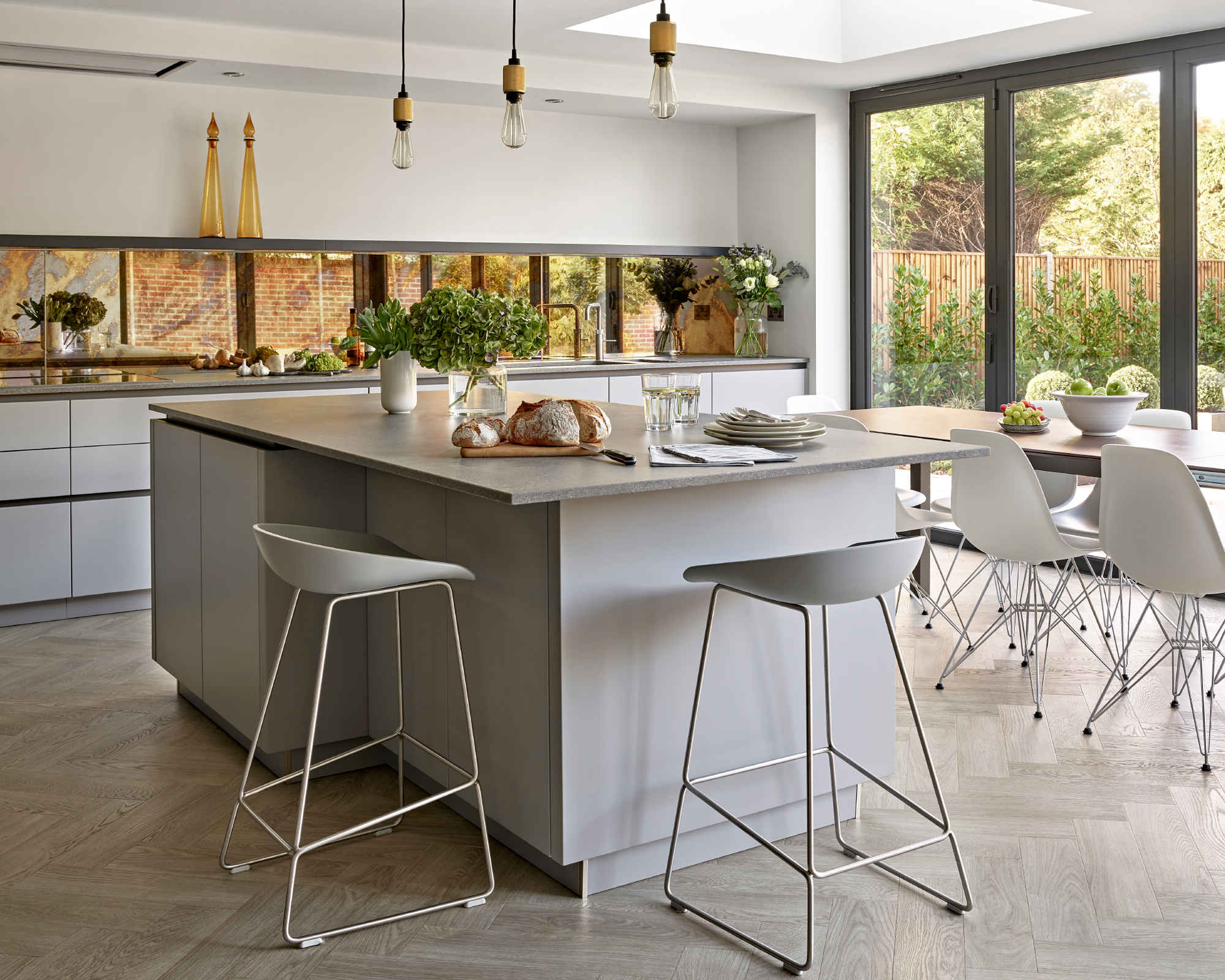
Once you've determined the appropriate kitchen island size for your kitchen, think about its primary purpose.
Devin Shaffer, Lead Interior Designer at Decorilla Online Interior Design , told us that 'kitchen islands help ground a kitchen and because of that it's imperative to have a full understanding of the purpose you want your island to serve before making any design decisions.'
In practice, this means deciding 'if you'd like your island design to accommodate entertaining guests, being fully utilitarian, or a little bit of both.'
Simpson expands further on the importance of understanding your kitchen island's purpose: 'Think about how you want the island to function for your needs. Do you want extra prep space? In which case, you might decide to not install a sink or cooktop in order to maximize the surface area. Or is your island a place you want to utilize for extra seating? You’ll want to add an overhang clearance for counter stools.'
3. Style
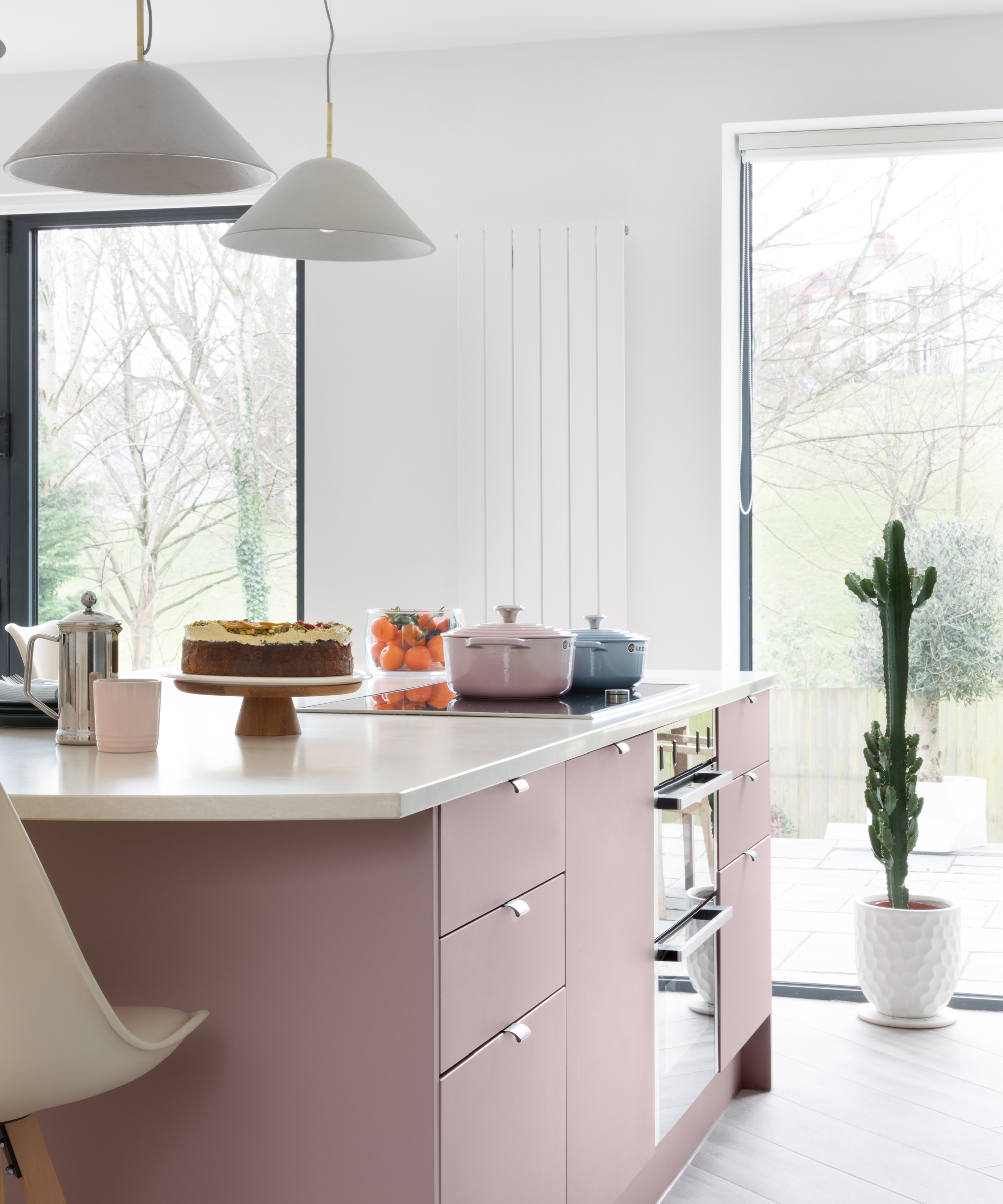
Now that you have a clearer idea of the dimensions and what function your island will be performing in your kitchen, it's time to start thinking about the style of your kitchen island. You might think that your island has to be consistent with your overall kitchen ideas, but Simpson believes that you might want your kitchen island design 'to stand on its own. This could include selecting a different countertop material or paint color from your perimeter cabinets or maybe you want to showcase a waterfall edge.'
Don't be afraid to experiment – modern kitchen ideas in particular are more forgiving of bold standout pieces that don't necessarily match the other elements.
Shaffer agrees, adding that 'by using a contrasting color to the kitchen cabinetry, an island addition is an instant focal point.'
4. Storage space
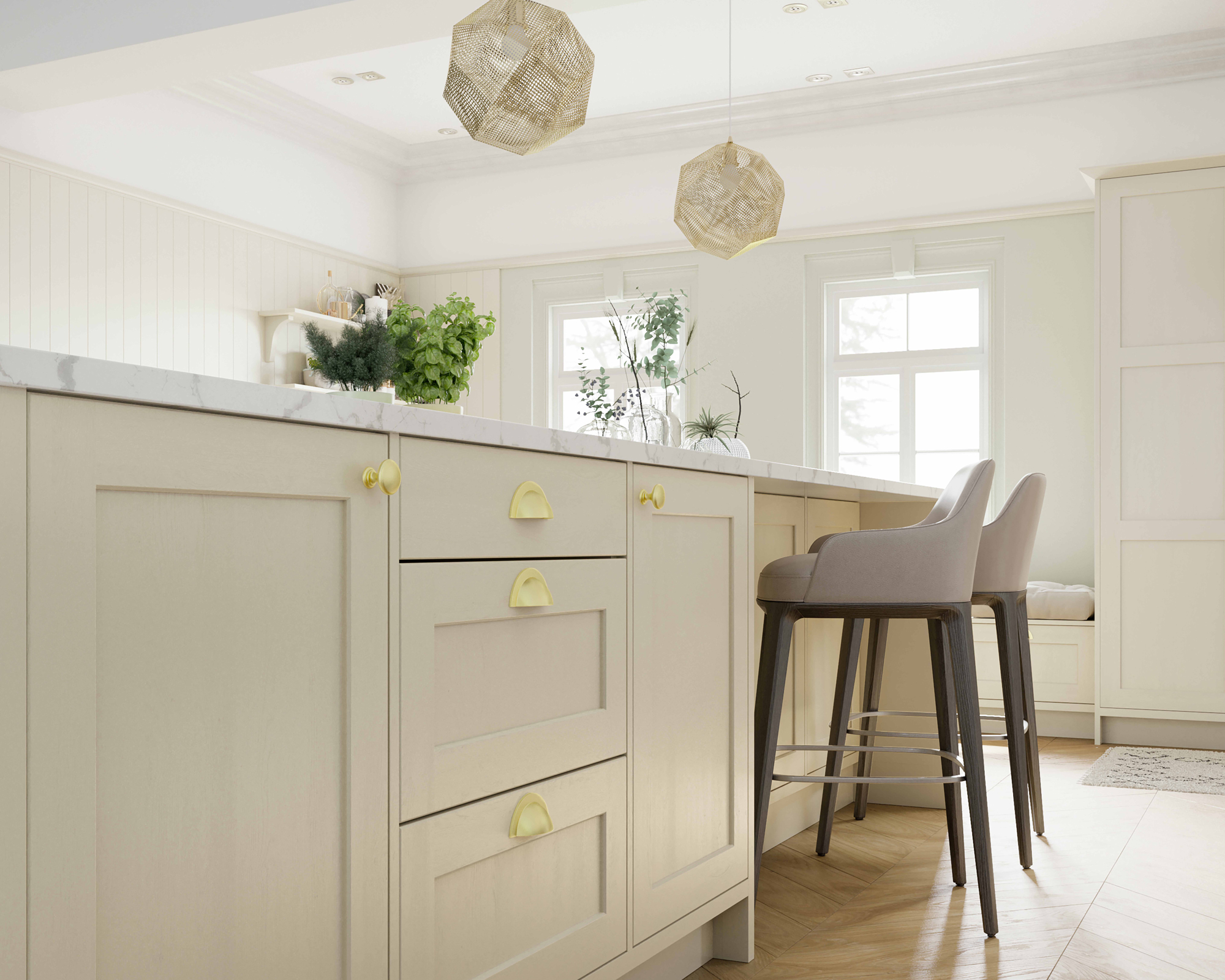
A kitchen island presents the perfect opportunity to add extra kitchen storage. If you're short on cabinet space, now is the time to factor in some more. Simpson advises deciding early on 'whether you incorporate base cabinets on both sides or perhaps opt for open shelving on one end.'
Sara Mosele, of Sara Mosele Interiors, a New York-based interior design and architecture firm, adds that 'if the family eats out a lot, the focus should be on the storage space with a breakfast counter that is compact and accessible.'
5. Material
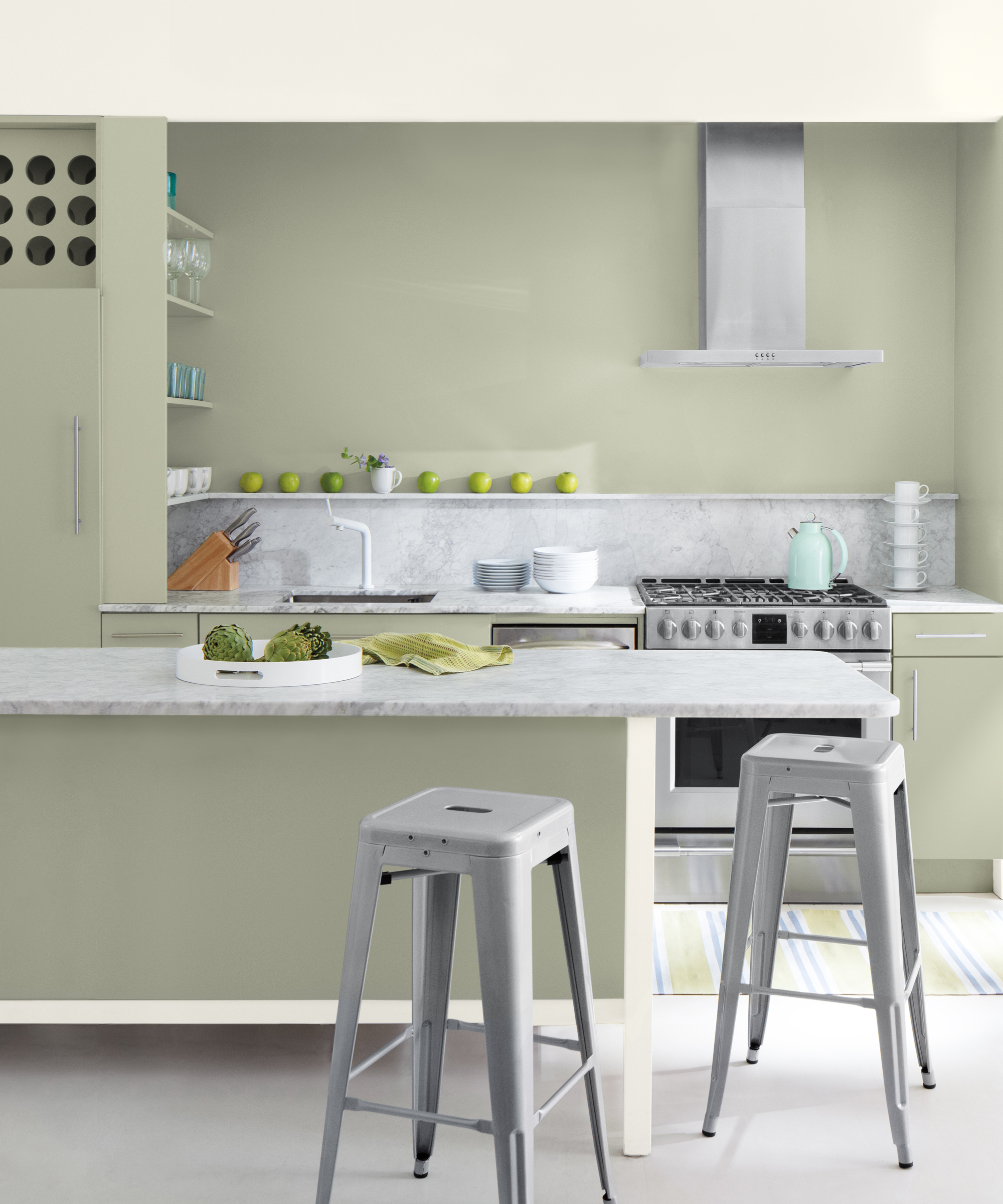
Your kitchen island is a natural focal point in your kitchen, so learning how to choose the right counter for kitchen islands will pay off, design-wise. Mosele explains that 'the island is always an opportunity to highlight design details and materials such as beautiful marble.' While an all-marble kitchen island will be too expensive for all but the most luxurious kitchens, a marble countertop can add that special touch to your kitchen without breaking the bank.
6. Position
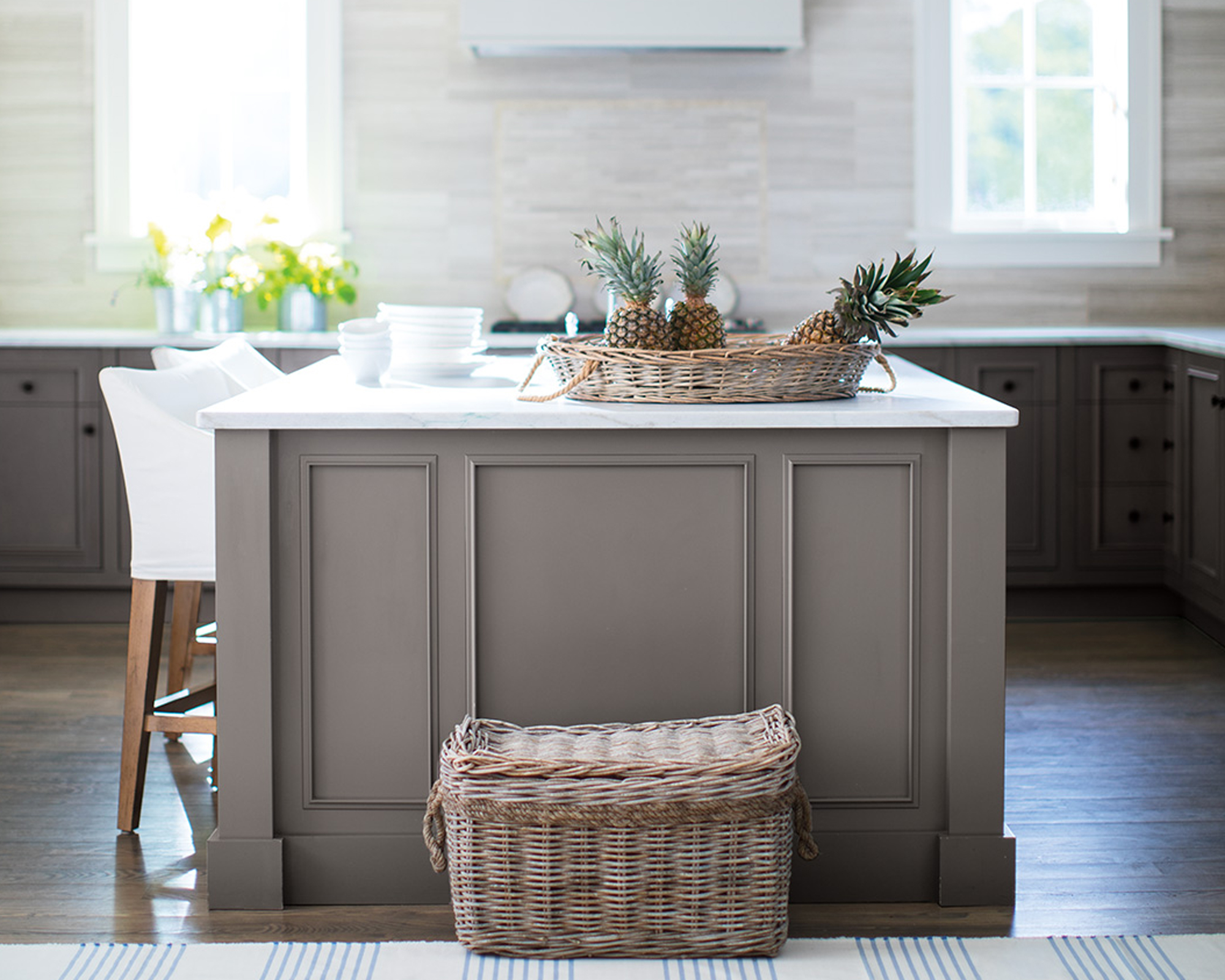
Finally, now that you've considered the main functional and design points, think about the positioning of your island. A central positioning is the most traditional, but it won't work in smaller or l-shaped kitchens. There are plenty of other kitchen layout ideas that will accommodate a kitchen island without making the kitchen difficult to move around in.
If you're not sure where to start, Sara recommends 'placing the island in the proximity of a window' – this 'adds a nice design dimension to the experience' of your kitchen. Avoid positioning your kitchen island in dark corners, unless you can compensate with kitchen island lighting ideas, preferably a large pendant or a series of pendant lights.
What is the ideal space to keep around a kitchen island?
As a rule of thumb, Simpson advises that 'no matter the actual size of the island it’s important to have between 42 and 48 inches around the perimeter for clearance. This allows ease of movement for multiple people using the kitchen.'
Shaffer adds that: 'there are times where it's okay to break some rules and go down an inch or two – for example, in a city condo or studio space.'
When deciding how much space to leave around your kitchen island, Sara recommends remembering that 'the kitchen island is the core of the house. This is where everything happens from cooking to entertaining, doing homework and just gathering with the family. It is really important that the space around it be designed with these functions in mind. If the main goal is entertaining and cooking at home, a lot of space around the island is key to be able to move around comfortably.'
What makes a good kitchen island design?
A kitchen island has many jobs to do in your kitchen, so you need to choose carefully. According to Simpson, 'a good kitchen island is one that serves multiple functions. Whether that’s extra prep space, more storage or simply additional surface space to seat people and enjoy a meal, an island should function to benefit the user. Also as mentioned above, it should have adequate space around all sides to accommodate foot traffic.'
Join our newsletter
Get small space home decor ideas, celeb inspiration, DIY tips and more, straight to your inbox!
Anna is a professional writer with many years of experience. She has a passion for contemporary home decor and gardening. She covers a range of topics, from practical advice to interior and garden design.
-
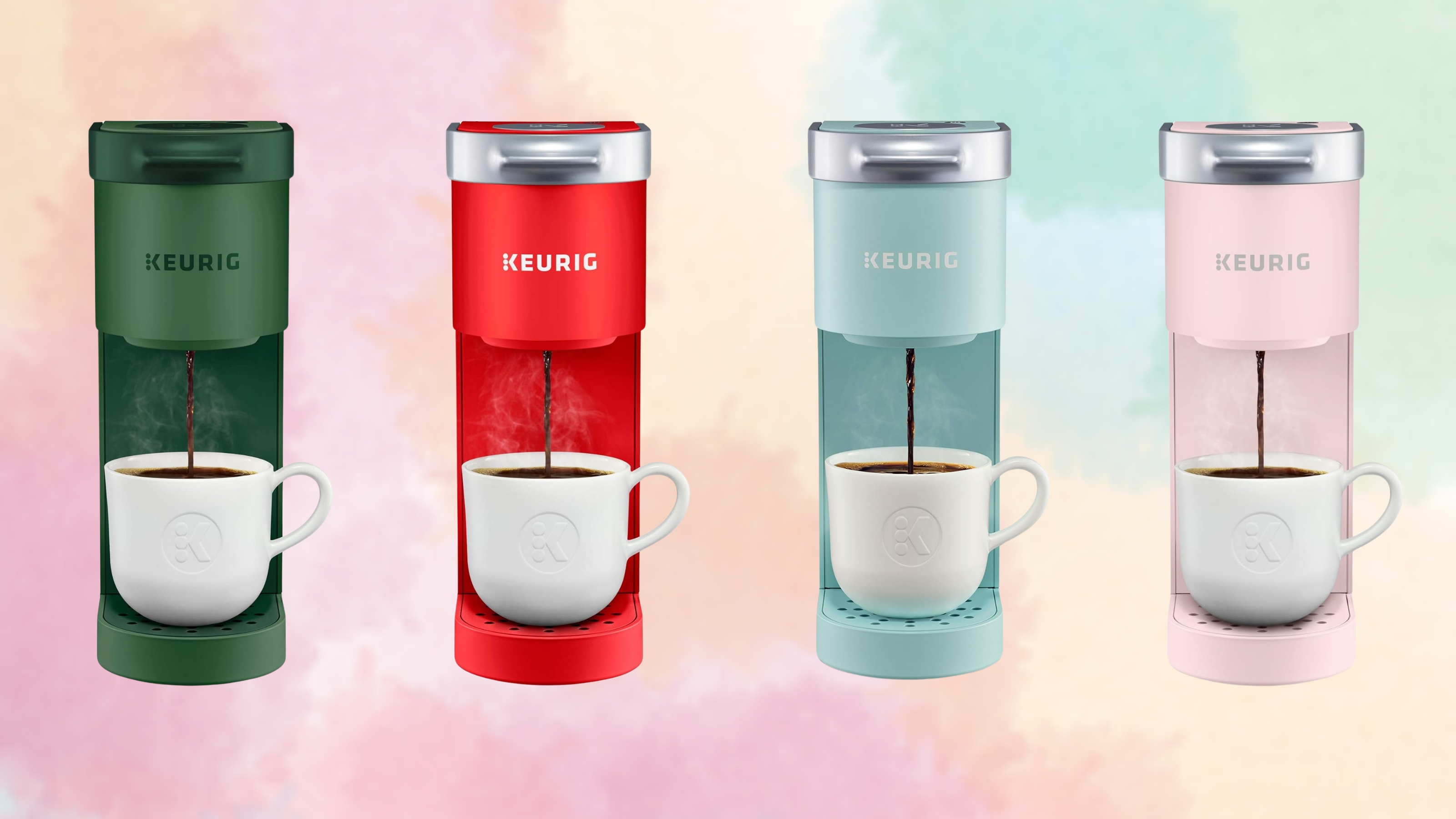 Amazon's bestselling Keurig K-Mini Coffee Maker sale is on now with 40% off — here's why 97,000 customers love it
Amazon's bestselling Keurig K-Mini Coffee Maker sale is on now with 40% off — here's why 97,000 customers love itAmazon's bestselling Keurig K-Mini Coffee Maker sale is on now and offers 40% off. Here's why we and thousands of customers love it. Plus, some alternatives
By Punteha van Terheyden
-
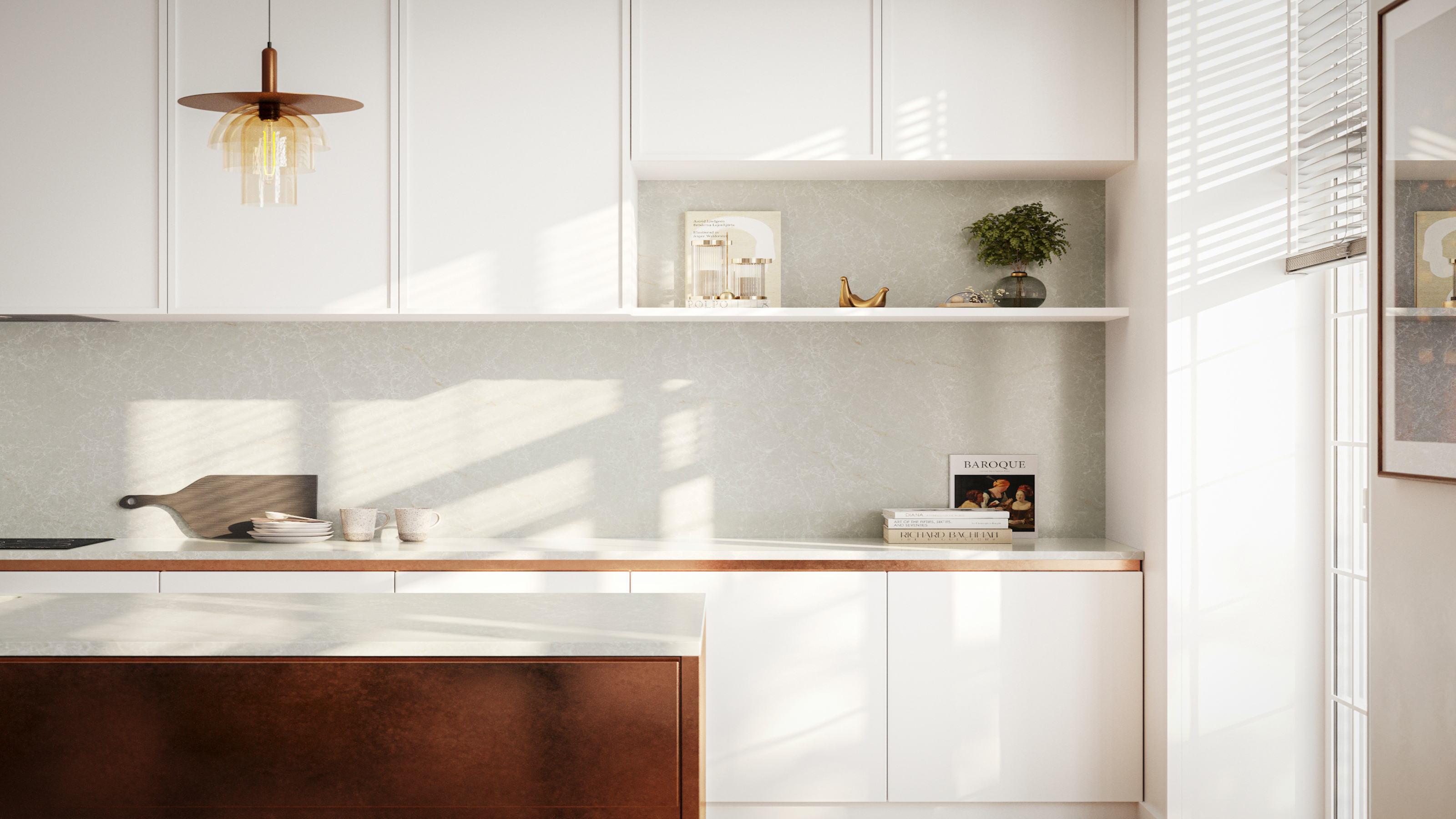 Pros reveal the 10 kitchen cabinet design mistakes to avoid, and what to do instead
Pros reveal the 10 kitchen cabinet design mistakes to avoid, and what to do insteadThe 10 common kitchen cabinet design mistakes when choosing and installing kitchen cabinets. Solutions to problems and how to avoid the issues.
By Isabella Charlesworth
-
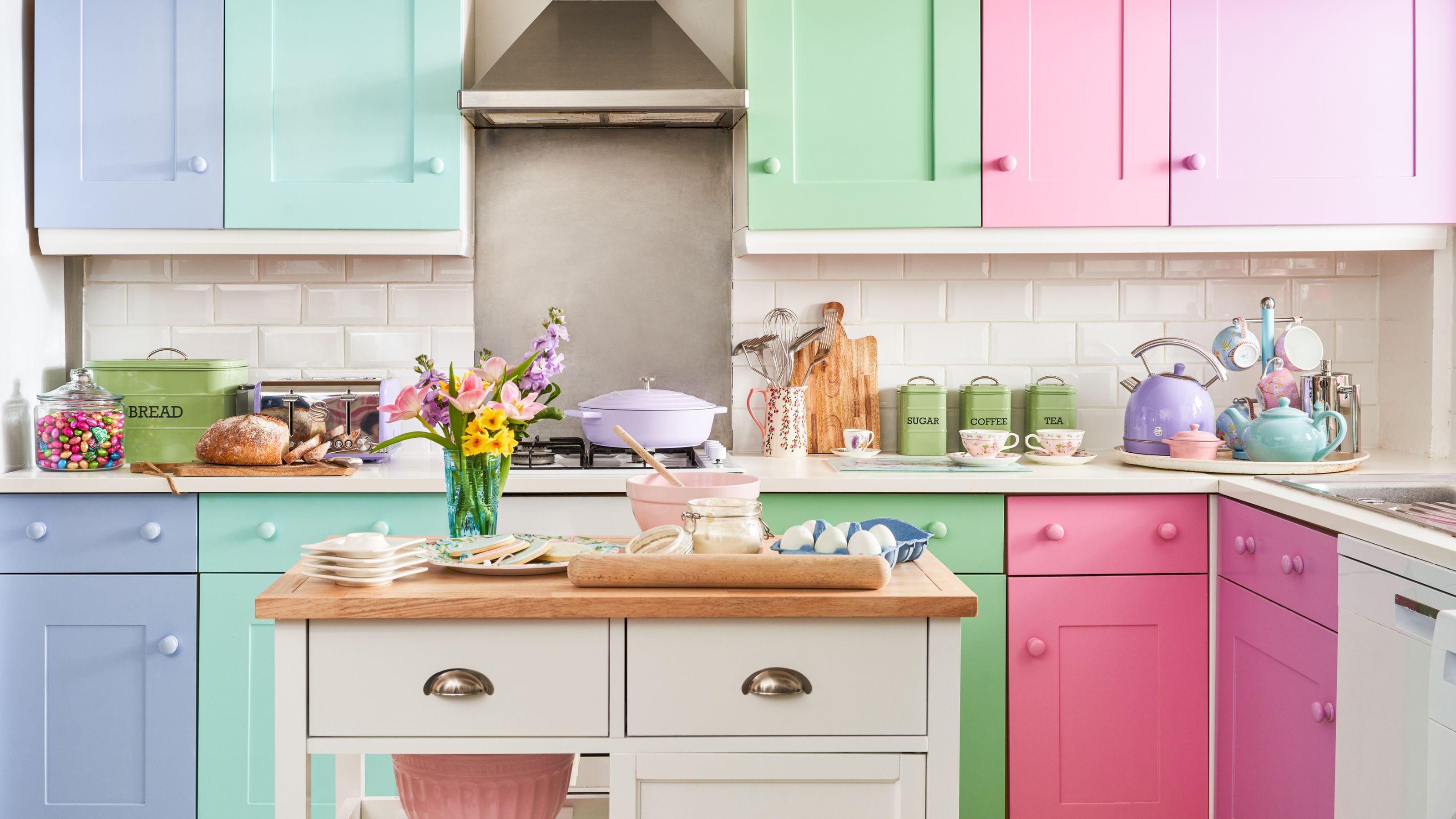 10 pretty pastel kitchen ideas that are utterly dreamy and delicious
10 pretty pastel kitchen ideas that are utterly dreamy and deliciousIce cream sweet pastel kitchen ideas are perfect for adding playfulness. We've asked designers for their favorite ways to bring these in light shades
By Eve Smallman
-
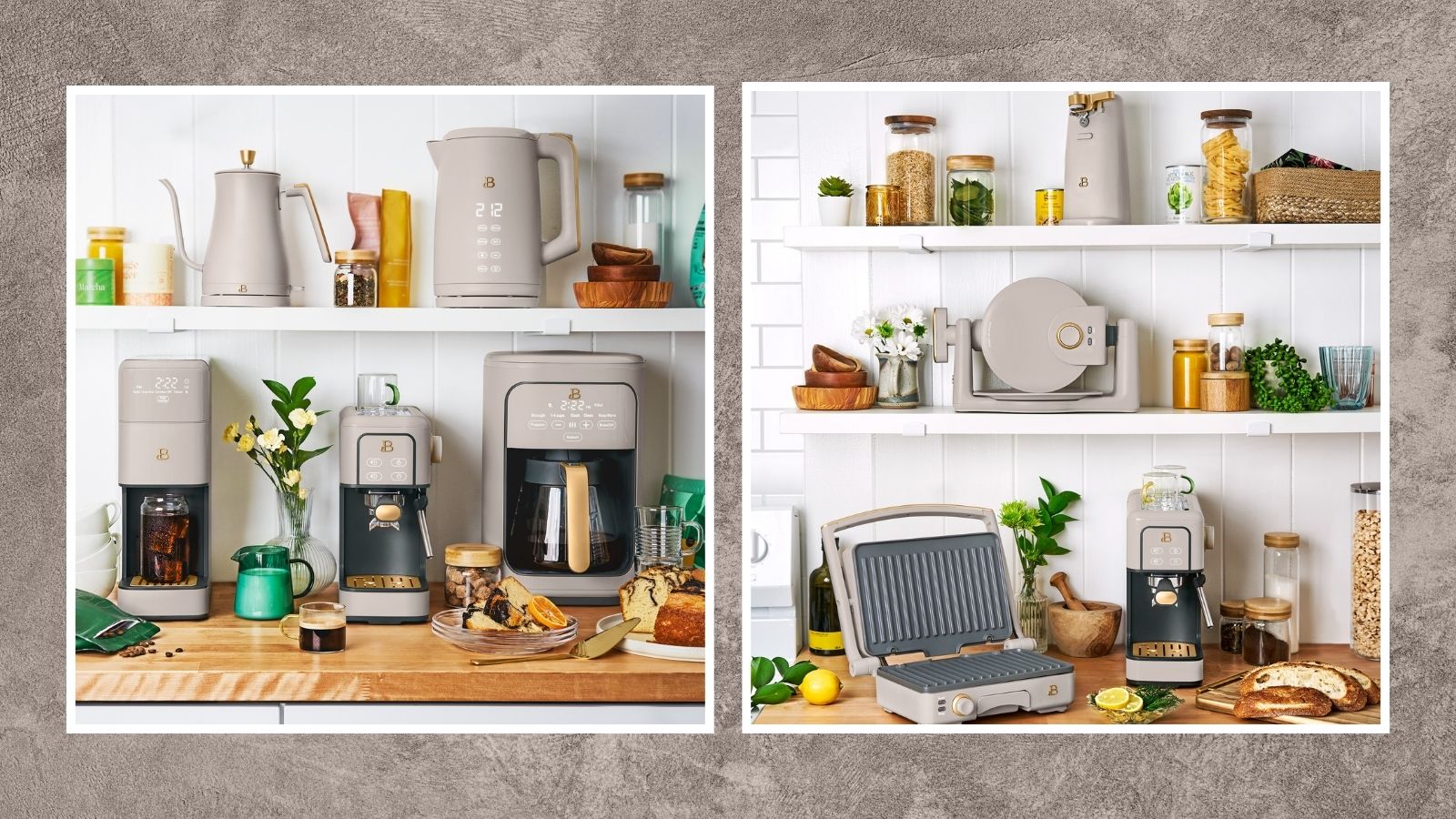 New Beautiful by Drew Barrymore kitchen appliances just dropped, and they'll take your brunch game to new levels
New Beautiful by Drew Barrymore kitchen appliances just dropped, and they'll take your brunch game to new levelsNew Beautiful by Drew Barrymore kitchen appliances just dropped — learn all about the waffle maker, espresso maker, electric can opener, and space-saving kitchen island
By Danielle Valente
-
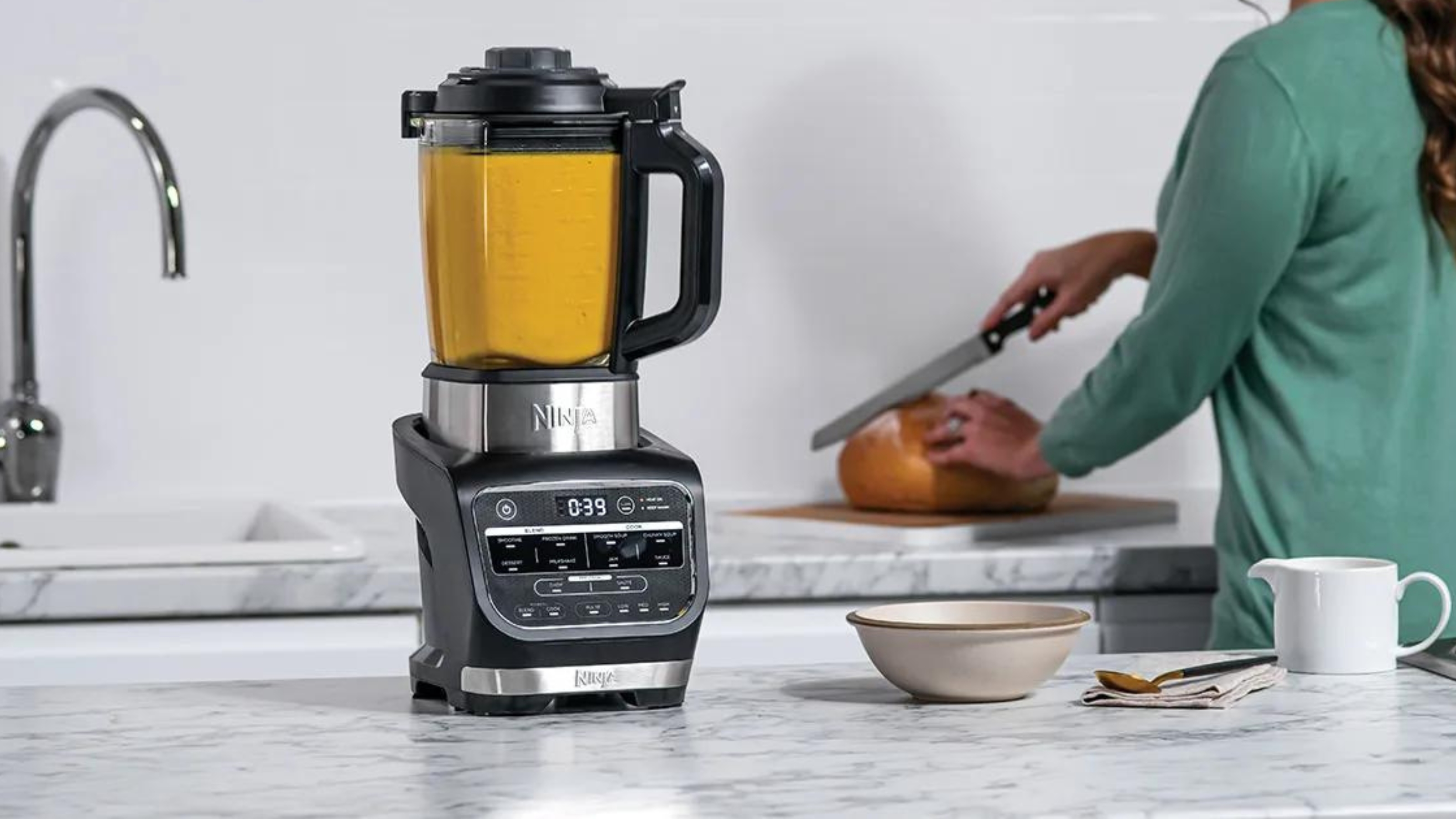
 The Ninja Foodi hot and cold blender has turned my kitchen into a fancy no-waste restaurant
The Ninja Foodi hot and cold blender has turned my kitchen into a fancy no-waste restaurantUsing the Ninja Foodi cold and hot blender, I've made hearty soups from just 65 cents per serving
By Christina Chrysostomou
-
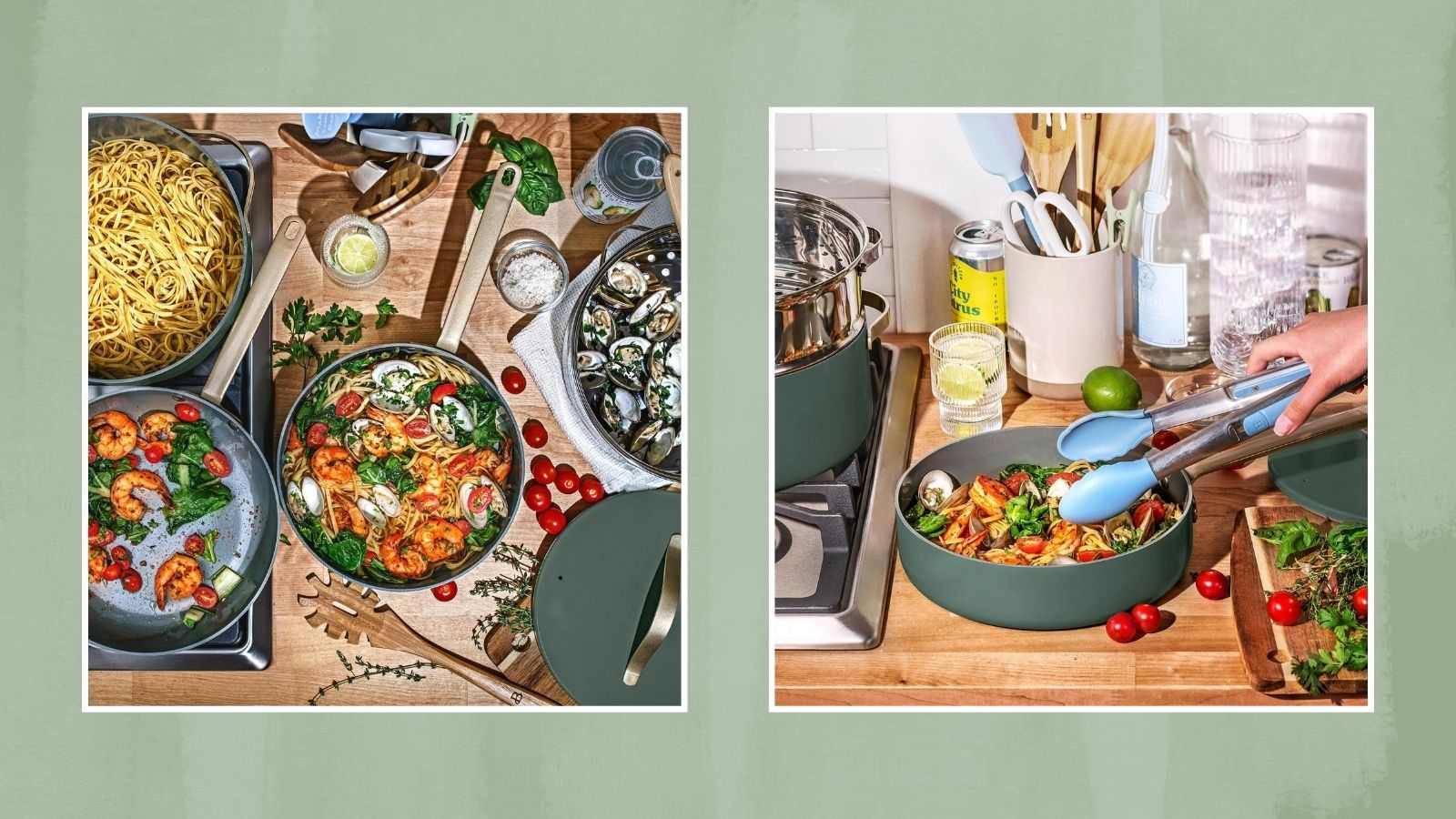 Drew Barrymore drops a new color in her Beautiful kitchen line just in 'thyme' for the holidays
Drew Barrymore drops a new color in her Beautiful kitchen line just in 'thyme' for the holidaysCheck out our edit of the Drew Barrymore cookware set and kitchen appliances in the limited-time "thyme green"
By Danielle Valente
-
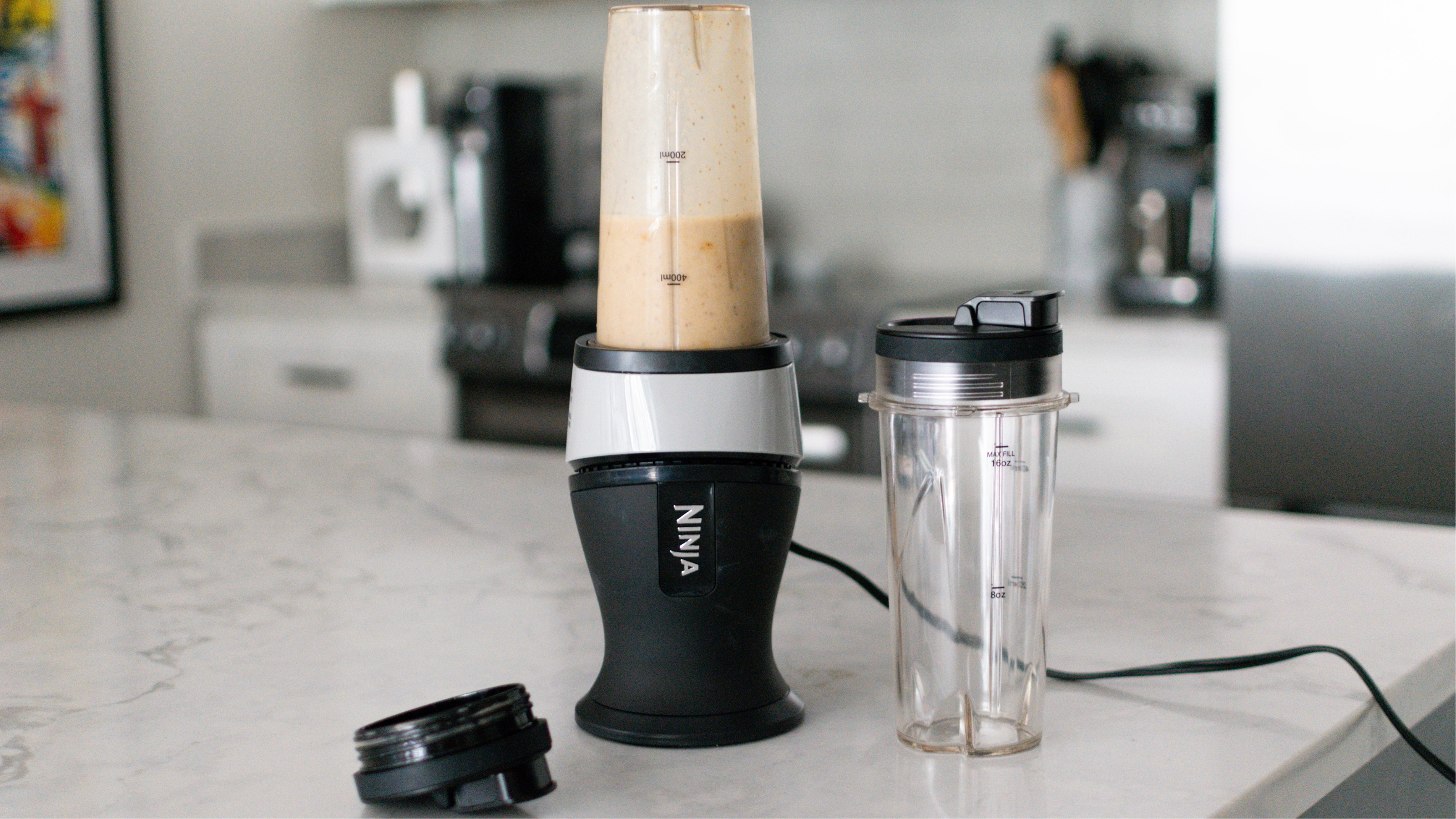
 The Ninja Fit blender is so compact that I no longer dread pulling out this type of appliance
The Ninja Fit blender is so compact that I no longer dread pulling out this type of applianceLearn more about the Ninja Fit blender in our comprehensive review after testing the kitchen gadget for several weeks and understanding all of its pros and cons.
By Heather Bien
-
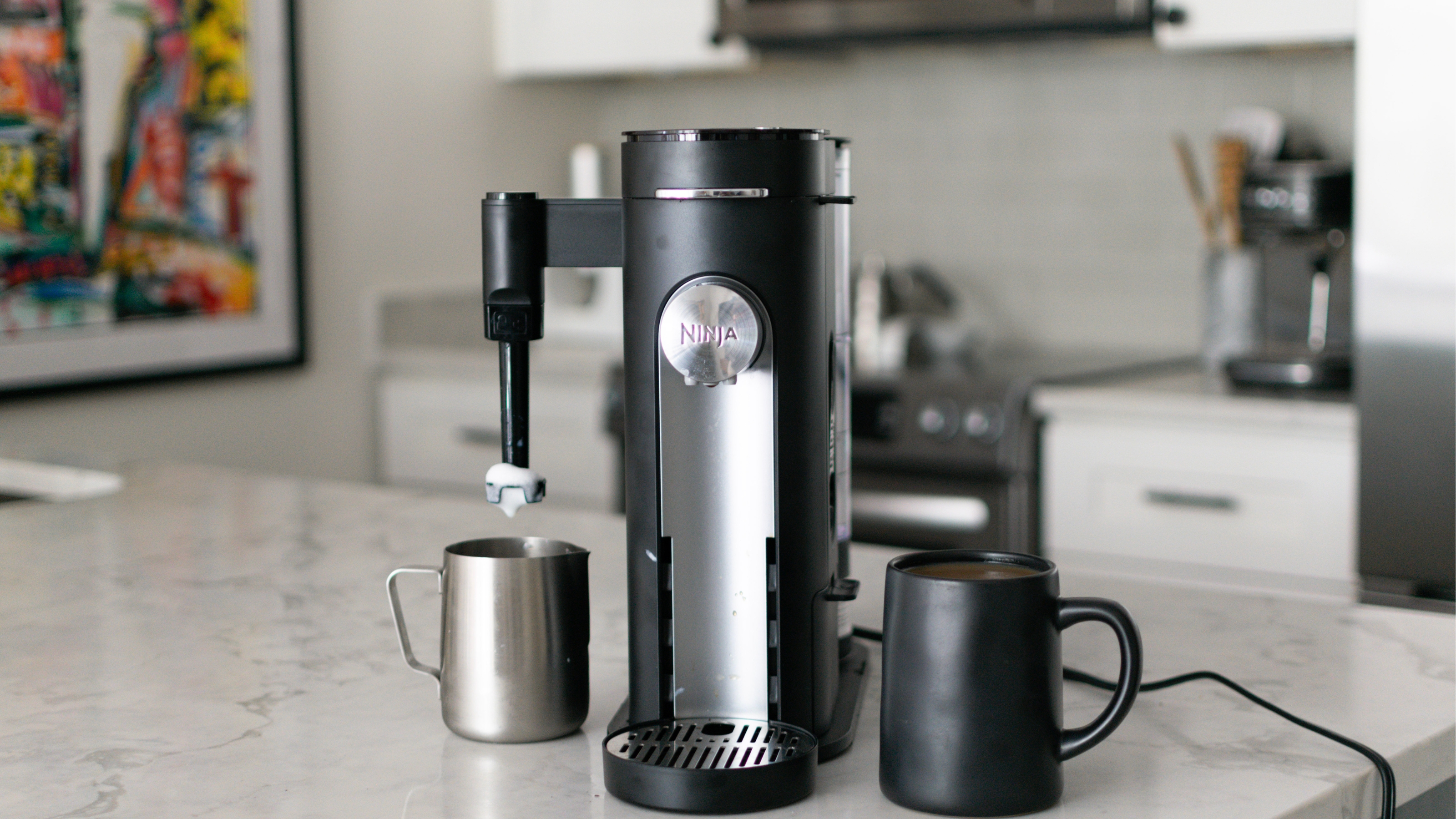
 Review: this Ninja pods and grounds coffee maker has solved our bean debate
Review: this Ninja pods and grounds coffee maker has solved our bean debateThe Ninja pods and grounds coffee maker makes everything from hot black coffee to milky brews with a frothed top and even iced drinks. See what else it's capable of in our review.
By Heather Bien